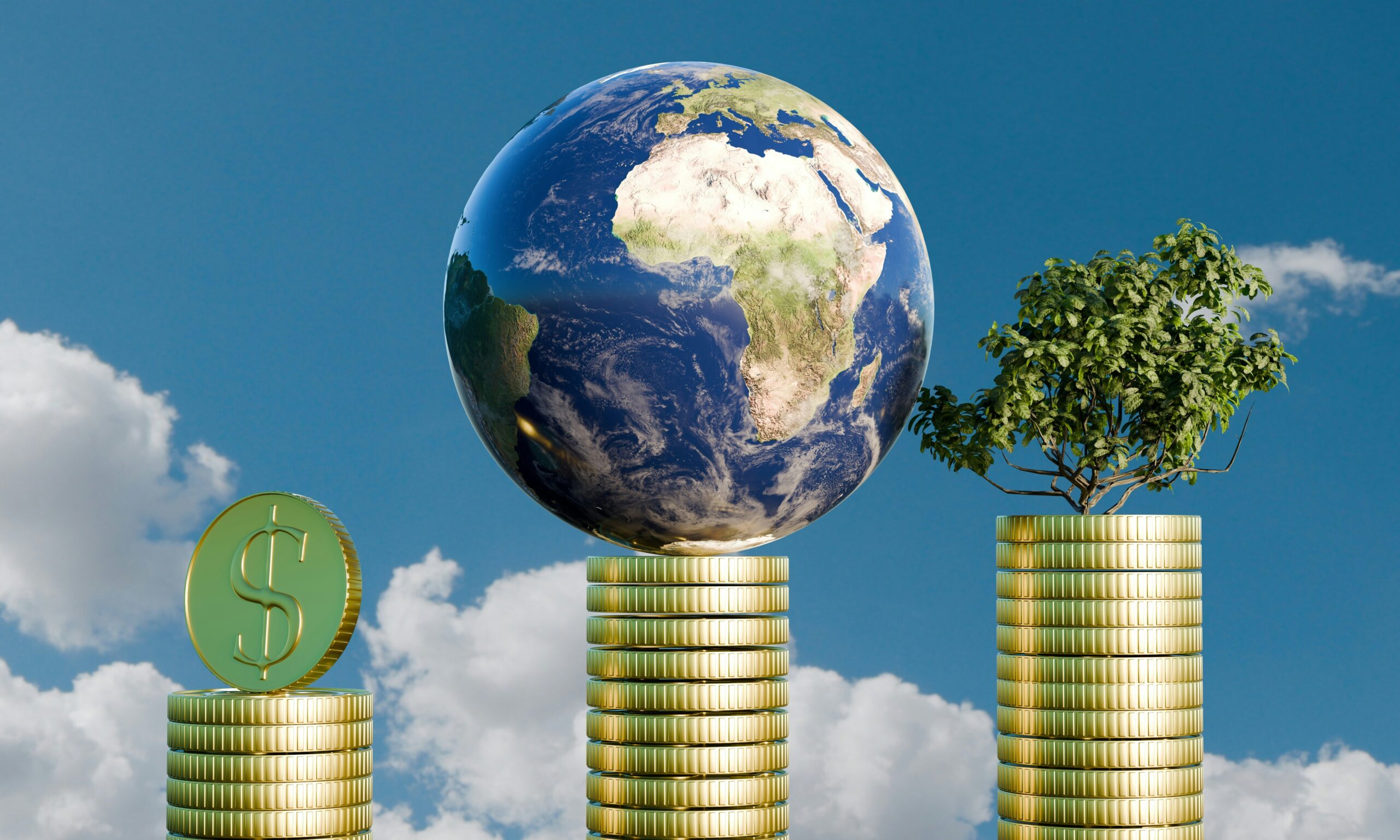
Sustainability has emerged as one of the most critical factors in the modern real estate sector. Property investors, developers, and architects increasingly recognize the importance of adopting eco-friendly practices. Sustainable property investment development contributes positively to the environment and enhances long-term value for investors. As the demand for sustainable properties grows, the industry continues to evolve. This article explores how integrating sustainability into property investment strategies can result in both economic and environmental benefits.
What is Sustainable Development in Property Investment?
Sustainable development in property investment refers to the practice of constructing and maintaining properties in a way that minimizes negative environmental impacts. It focuses on using resources efficiently, reducing carbon emissions, and ensuring that buildings are energy-efficient and healthy for occupants. Sustainable property investments can include residential, commercial, and mixed-use developments designed with sustainability principles.
Investors today are increasingly aware that sustainable buildings meet regulatory standards and, attract high-quality tenants, reduce operational costs, and increase long-term asset value. Incorporating sustainable practices into property investment strategies is becoming a competitive advantage in the market.
Key Benefits of Sustainable Property Investment
- Cost Savings and Efficiency: Sustainable buildings are designed to reduce energy consumption, water usage, and waste. These efficiencies lead to lower operational costs for property owners and tenants alike. For instance, installing energy-efficient lighting, innovative HVAC systems, and water-saving fixtures can significantly reduce utility bills.
- Attracting Tenants and Buyers: Consumers increasingly prioritize sustainability when purchasing or leasing decisions. Properties that feature eco-friendly designs, such as solar panels or energy-efficient appliances, appeal to tenants and buyers looking to reduce their environmental footprint. This demand for sustainable housing creates a lucrative market for property investors.
- Government Incentives and Tax Benefits: Many local and national governments provide tax incentives, grants, and subsidies for property developers who invest in green building technologies. These incentives can reduce initial investment costs and increase the profitability of sustainable properties.
- Long-Term Value Appreciation: Sustainable properties often have higher long-term value appreciation. As sustainability becomes a societal norm, eco-friendly buildings are anticipated to remain in high demand, which helps ensure their ongoing profitability.
- Enhanced Reputation and Social Responsibility: Investors prioritizing sustainability in their portfolios are committed to environmental and social responsibility. This approach improves an investor’s reputation and supports global efforts to combat climate change.
Sustainable Development Practices in Property Investment
Several key sustainable development practices can be incorporated into property investment. These practices span all stages of the investment lifecycle, from design and construction to operation and maintenance.
1. Green Building Certifications
One of the most widely recognized practices in sustainable property investment is achieving green building certifications. These certifications, such as LEED (Leadership in Energy and Environmental Design), BREEAM (Building Research Establishment Environmental Assessment Method), and WELL, serve as third-party indicators of a building’s sustainability.
To attain these certifications, buildings must meet stringent criteria related to energy efficiency, water conservation, indoor air quality, and sustainable materials. Properties with green certifications are often more attractive to tenants and buyers and tend to have lower vacancy rates, further enhancing their profitability.
2. Energy-Efficient Design
Energy efficiency is at the heart of sustainable property investment. Designing energy-efficient buildings reduces the amount of energy consumed during operation, ultimately lowering operational costs. This can be achieved through a variety of strategies, such as:
- Insulation: Proper insulation minimizes heat loss and helps maintain indoor temperature, reducing the need for heating and cooling.
- Energy-Efficient Windows: Installing double-glazed windows helps reduce energy loss and improve thermal comfort.
- Renewable Energy Sources: Incorporating solar panels, wind turbines, or geothermal systems can provide renewable energy, reducing dependence on fossil fuels.
3. Water Conservation Practices
Water conservation is another critical component of sustainable property development. In regions experiencing water scarcity, implementing water-saving technologies can significantly reduce consumption. Some practices include:
- Low-Flow Fixtures: Installing low-flow toilets, faucets, and showerheads reduces building water usage.
- Rainwater Harvesting: Collecting rainwater for non-potable uses, such as irrigation or flushing toilets, reduces the demand for municipal water systems.
- Greywater Recycling: Recycling water from sinks, showers, and laundry for irrigation or other non-potable applications further conserves water.
4. Sustainable Building Materials
Using sustainable building materials is essential for reducing the environmental impact of construction. Sustainable materials are often sourced locally, use fewer resources, and have a smaller carbon footprint than traditional building materials. Examples include:
- Recycled Materials: Recycled steel, glass, and wood products can be used in construction, reducing the need for raw materials.
- Bamboo: A fast-growing, renewable resource, bamboo can be used for flooring, furniture, and other building components.
- Low-VOC Paints and Finishes: Low-VOC (volatile organic compound) paints and finishes improve indoor air quality and reduce harmful emissions.
Challenges to Sustainable Property Investment
While the benefits of sustainable property investment are clear, challenges remain. The upfront costs associated with sustainable building practices can be higher than those associated with traditional construction methods. However, these initial costs are often offset by long-term savings and incentives. Additionally, obtaining green building certifications can require time and effort; not all investors may know the necessary processes.
Moreover, a lack of awareness or understanding of the potential financial returns from green investments can hinder the adoption of sustainable development practices. Educating investors, developers, and tenants about the economic advantages of sustainability is crucial to increasing its widespread adoption.
Embracing Sustainability for Future Growth
Sustainable development practices in property investment represent the future of the real estate industry. As the demand for eco-friendly buildings continues to rise, investors prioritizing sustainability will benefit from long-term cost savings, increased asset value, and a strong reputation for environmental responsibility. By adopting energy-efficient designs, using sustainable materials, and committing to green building certifications, property investors can contribute to a greener, more sustainable future while ensuring the profitability of their investments.